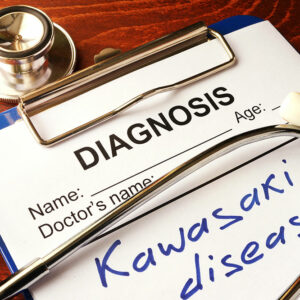
01
7 best foods and drinks for a healthy liver
Liver functioning is an essential process of the human body. The liver is required to help detox your body, break down carbohydrates, make glucose, store all the nutrients and produce bile. Bile liquid is required to absorb all the nutrients and digest them by giving a proper metabolism to the body. Taking care of your liver is part of a holistic nutrition hence you should be aware of what destroys your liver and what helps its healthy functioning. For your overall health functioning the ability of the liver to do all the above is a necessity. Any kind of liver dysfunction can lead to bodily disorders like type 2 diabetes, metabolism issues, and other liver diseases which could also lead to death. It is possible to manage the risk factors once the liver dysfunction starts by making sure you have a healthy intake of food and drinks that are good for the liver. Plant foods A large number of plant foods like avocado, bananas, barley, broccoli, beetroots, carrots, figs, lemons, papayas, chard, kale, celery, and watermelons are foods that are good for the liver. Grapefruit Naringenin and naringin are the two main antioxidants present in grapefruit which is one of the foods that are good for the liver. Grapefruit reduces the toxic build up in the liver. This helps protect the liver cells and reduces inflammation. Garlic Reducing body weight is a great index to a healthy liver. Garlic helps in reducing the fat content near the liver. Coffee Studies have found that around 50 percent of the population consumes coffee. Coffee is one of the drinks that are good for the liver. It protects the liver’s protective tissues. Coffee definitely has other potential hazards but it reduces chronic liver problems to a good extent. Oatmeal Oatmeal has fiber and beta glucans that are essential for protecting fatty liver tissues.
Read More 










